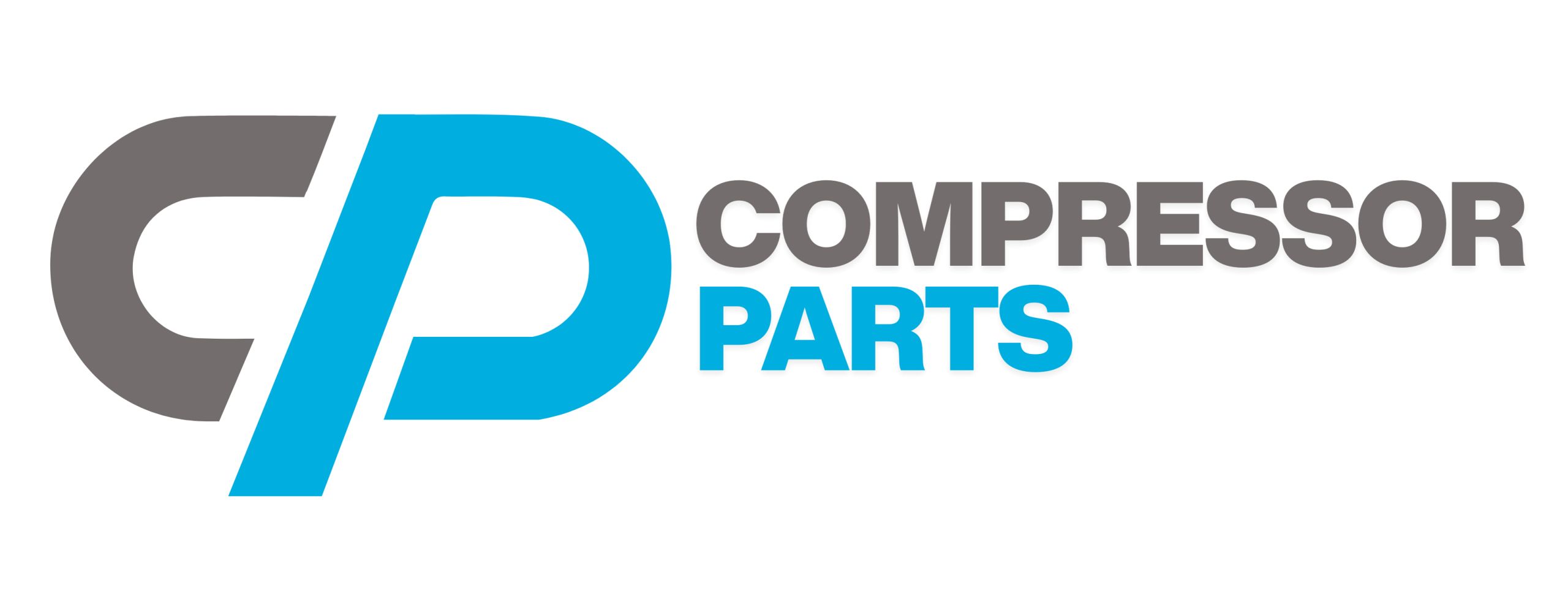Compressed Air Systems for Food & Beverage Production (UK Guide)
Compressed air touches almost every stage of food and drink production—from packaging and bottling to pneumatic controls and product handling.
In these environments, air purity is safety-critical. Any trace of oil, water or bacteria can contaminate product batches and breach BRCGS or HACCP requirements.
This guide from CompressorParts.co.uk explains how to design, maintain and upgrade a food-grade compressed-air system that meets UK and EU hygiene standards.

1. Why Food-Grade Air Matters
Compressed air frequently contacts food packaging, ingredients and finished goods. Even “indirect contact” systems (pneumatic valves, conveyors) can release micro-particles into the atmosphere.
To remain compliant, the supplied air must be:
- Free from oil aerosols and vapours
- Dry (dew point below +3 °C or –40 °C for freeze-sensitive lines)
- Filtered to ISO 8573-1 Class 0 or better for oil, particulate and moisture
- Free of microorganisms that could grow in pipelines
2. Key UK Standards & Regulations
- BRCGS Issue 9 – Global Standard for Food Safety
- HACCP – Hazard Analysis & Critical Control Points
- ISO 8573-1 – Air purity classification (Classes 0–9)
- EHEDG – Hygienic design guidance for food equipment
- PSSR 2000 – Pressure Systems Safety Regulations (UK)
3. Oil-Free Compressors for the Food Industry
Only oil-free compressors guarantee zero risk of oil migration. Common types include:
- Scroll compressors – quiet, compact, ideal for packaging and lab lines.
- Dry-running screw compressors – continuous-duty operation for production plants.
- Tooth compressors – Class 0 certified, high-capacity units for beverage bottling.
Popular models stocked through CompressorParts.co.uk include the ABAC CleanAir, FINI Sil-Air, Atlas Copco LZ and HPS Oil-Free Series.
4. Air Treatment Chain
- Dryer – removes moisture (refrigerant or desiccant type).
- Coalescing filter – traps oil aerosols > 0.01 µm.
- Sterile or activated-carbon filter – eliminates odours and microorganisms.
- Stainless receiver – stores clean air safely.
- Oil-water separator – ensures legal condensate disposal.
5. Typical Applications
- 🔹 Pneumatic controls on conveyors and fillers
- 🔹 Blow-moulding PET bottles
- 🔹 Packaging line air knives and product ejection
- 🔹 Mixing and dosing systems
- 🔹 Vacuum and pick-and-place operations
6. Air Quality by Application
| Process Type | Contact Level | Required Air Quality |
|---|---|---|
| Direct product contact (e.g. air knife drying) | High | ISO 8573-1 Class 0 / 1 / 1 |
| Indirect contact (pneumatics) | Medium | ISO 8573-1 Class 1 / 2 / 2 |
| Utilities / general plant air | Low | ISO 8573-1 Class 2 / 4 / 4 |
7. Choosing the Right Dryer
- Refrigerant dryers – economical; achieve +3 °C dew point for general food packaging.
- Desiccant dryers – produce –40 °C or lower dew point for freezing or beverage lines.
- Heat-of-compression dryers – ultra-efficient for large plants with oil-free screws.
8. Stainless & Epoxy-Coated Receivers
Ordinary carbon-steel receivers corrode internally, releasing rust and bacteria. Use stainless-steel or epoxy-lined vessels instead.
Fit an approved safety valve and automatic drain to comply with PSSR 2000.
Receivers over 250 bar-litres require a written scheme of examination by a competent person.
9. Filtration Stages Explained
- Pre-filter (5 µm) – removes coarse particles and condensate.
- Coalescing filter (0.01 µm) – traps oil aerosols and fine dust.
- Activated carbon filter – removes vapours and odours.
- Sterile filter (0.01 µm) – guarantees microbiological purity.
10. Installation & Hygiene Best Practices
- Use stainless or aluminium pipework with food-grade seals.
- Avoid dead legs where moisture can stagnate.
- Slope lines 1–2 % toward drain points.
- Label “Food-Grade Air” lines distinctly from utilities.
- Clean filters and replace cartridges on schedule.
11. Monitoring & Documentation
Maintain an air-quality log including dew-point, oil-content and microbial results.
Routine testing should be part of HACCP verification. Sampling points must exist downstream of final filtration.
12. Energy & Sustainability
Food plants run compressors 24/7, so energy efficiency matters. A variable-speed screw compressor can reduce electricity costs by 30 %.
Heat-recovery kits reclaim waste heat for wash-water pre-heating—offsetting boiler energy by up to 70 %.
13. Maintenance Schedule (Typical)
- Daily – Drain condensate, check dew-point indicators.
- Weekly – Inspect filters for pressure drop.
- Quarterly – Replace pre- and coalescing filters.
- Annually – Service dryer, calibrate instruments, test air purity.
14. Recommended Equipment from CompressorParts.co.uk
- Oil-free & scroll compressors
- Desiccant & refrigerant dryers
- Food-grade sterile filters
- Stainless-steel air receivers
- Condensate management systems
15. Common Problems & Solutions
| Issue | Cause | Solution |
|---|---|---|
| Moisture in packaging line | Dryer undersized or saturated | Upgrade dryer & check drains |
| Oil odour detected | Filter element overdue | Replace carbon & coalescing filters |
| Pressure fluctuation | Receiver too small | Add buffer tank or secondary receiver |
16. Safety & Legal Responsibility
Under UK law, site owners are responsible for ensuring compressed-air quality where it can affect food.
All work must be performed by competent engineers and documented under the site’s safety management system.
17. Key Takeaways
- 🔹 Oil-free air is mandatory for direct-contact food applications.
- 🔹 Follow ISO 8573-1 Class 0 and BRCGS hygiene standards.
- 🔹 Use dryers, sterile filters and stainless receivers to guarantee purity.
- 🔹 Monitor air quality routinely as part of HACCP compliance.
FAQs
What’s the difference between food-grade and oil-free air?
Oil-free refers to compressor design; food-grade means the entire system (dryers, filters, receivers) ensures clean, sterile, contaminant-free air suitable for production lines.
Do I need sterile filters if air doesn’t touch food?
If air could enter packaging or come near open products, yes. For purely pneumatic actuation, high-efficiency coalescing filters may suffice.
How often should I test air quality?
At least annually, or whenever process changes occur. Many BRCGS auditors expect quarterly microbial and dew-point checks.
See also: Air Compressors for Manufacturing & Engineering Plants
